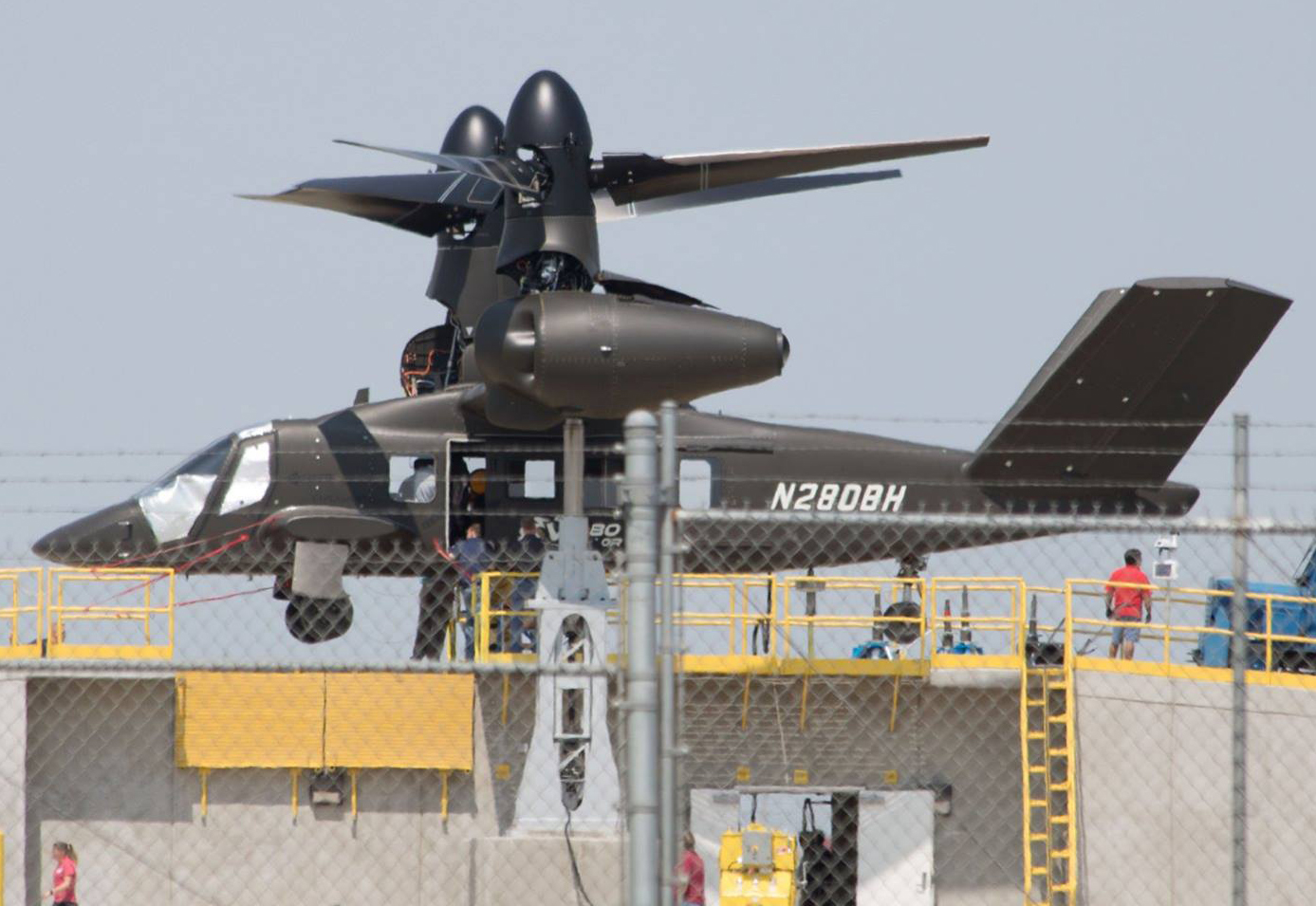Congress’s
and the Navy’s flawed policies combined to cause
, the Navy and the GAO say. Legislative dysfunction means budget cuts,
, and
have chronically shortchanged
across the fleet, forcing sailors to work 100-plus hours a week to try to catch up. But the Navy also made fundamentally flawed assumptions about its
ships, overworking them even more at the expense of safety – even as it kept assigning more ships to what it considered an exemplary unit.
“I personally have made the assumption for many, many years that our forward-deployed force in Japan was the most proficient, well-trained, most experienced force we have, because they’re operating all the time,”
, vice-Chief of Naval Operations, told the House Armed Services
seapower subcommitte yesterday. “It was the wrong assumption.”
In fact, the assumption was exactly backwards. To keep “operating all the time,” the Japan-based ships were cutting corners. This showed up in their proficiency
, normally awarded to the crew for demonstrating the requisite skill levels in various areas from basic safety to ballistic missile defense. In January 2015,
, destroyers and cruisers based in Japan had 93 percent of their required certifications, with only 7 percent expired. In June 2017,
37 percent of certifications had expired.
Sleepless In Tokyo
Japan-based ships were missing training simply because they had much less time to train. The Navy’s US-based ships operate on a 36-month cycle: 6.5 months tied up for major maintenance, 9.5 months for pre-deployment training in US waters, 7 months deployed, and a 13-month “sustainment” period when the ship is on call for further deployments. In practice, deployments often go long, putting more wear on ships, which means they need more time in maintenance, which means they don’t deploy on time and other ships have to stay at sea longer to compensate, a vicious cycle. But at least regular training is enshrined in the schedule.
By contrast, ships based in Japan and other foreign ports, the Forward-Deployed Naval Forces (FDNF), are on a 24-month cycle: eight months maintenance, 16 months deployed. So when do they train? In theory, being deployed 67 percent of the time – as opposed to 19 percent for US-based ships – keeps the foreign-based ships sharp. In practice, they’re busy doing missions for Pacific Command and can’t fit in all the training required to get certified in critical skills.
“We were told that the overseas-based ships were so busy that they had to ‘train on the margins,’ a term I’d not heard before,” GAO’s John Pendleton testified. “It was explained to me that meant they had to squeeze training in when we could.” While the Navy promised GAO it would put dedicated training time in the schedule, he added, that hasn’t happened.
What’s more, GAO found, the FDNF maintenance plan omitted some in-depth maintenance on the assumption they’d make it up when they were reassigned to US homeports after seven to ten years in Japan. But the Yokosuka-based destroyer USS
Fitzgerald, which lost seven sailors in a collision with a civilian vessel, had been in Japan for “well over 10 years,” fumed House seapower chairman Rob Wittman. The destroyer
McCain, which lost 10 sailors after hitting an oil tanker, had been there “for over 20 years.”
Older ships are harder to maintain because their equipment has had more time to wear out. Older ships that defer major maintenance for a decade or two are begging for trouble.
Yet despite these systematic problems, each ship based overseas was spending more days at sea and on mission than ships based in the US. That was the metric that mattered in a Navy hard-pressed to meet historically high operational demands with an historically low number of ships. As a result, since 2013, the Navy has doubled the number of ships deployed abroad, going from 20 ships to 40 in Japan, Spain, Bahrain, and Italy. An additional destroyer was coming to Yokosuka next year, but Moran said that plan’s on pause.
“This increasing reliance on Forward Deployed Naval Forces is a model that is not sustainable,” said Wittman.
Congress, of course, has a parochial interest in keeping ships based in the US, where their maintenance spending and crew salaries shore up local economies. And it’s a geostrategic mistake to write off forward-deployed forces. Even if their schedules were recalibrated to something more sustainable, with fewer days deployed, they would still have
to potential trouble spots. US ships that can be on the scene in hours or days deter adversaries and reassure allies more strongly than ships that will take weeks to get there.
“Those ships are a lot closer to where we might have to fight,” said Moran.
...

